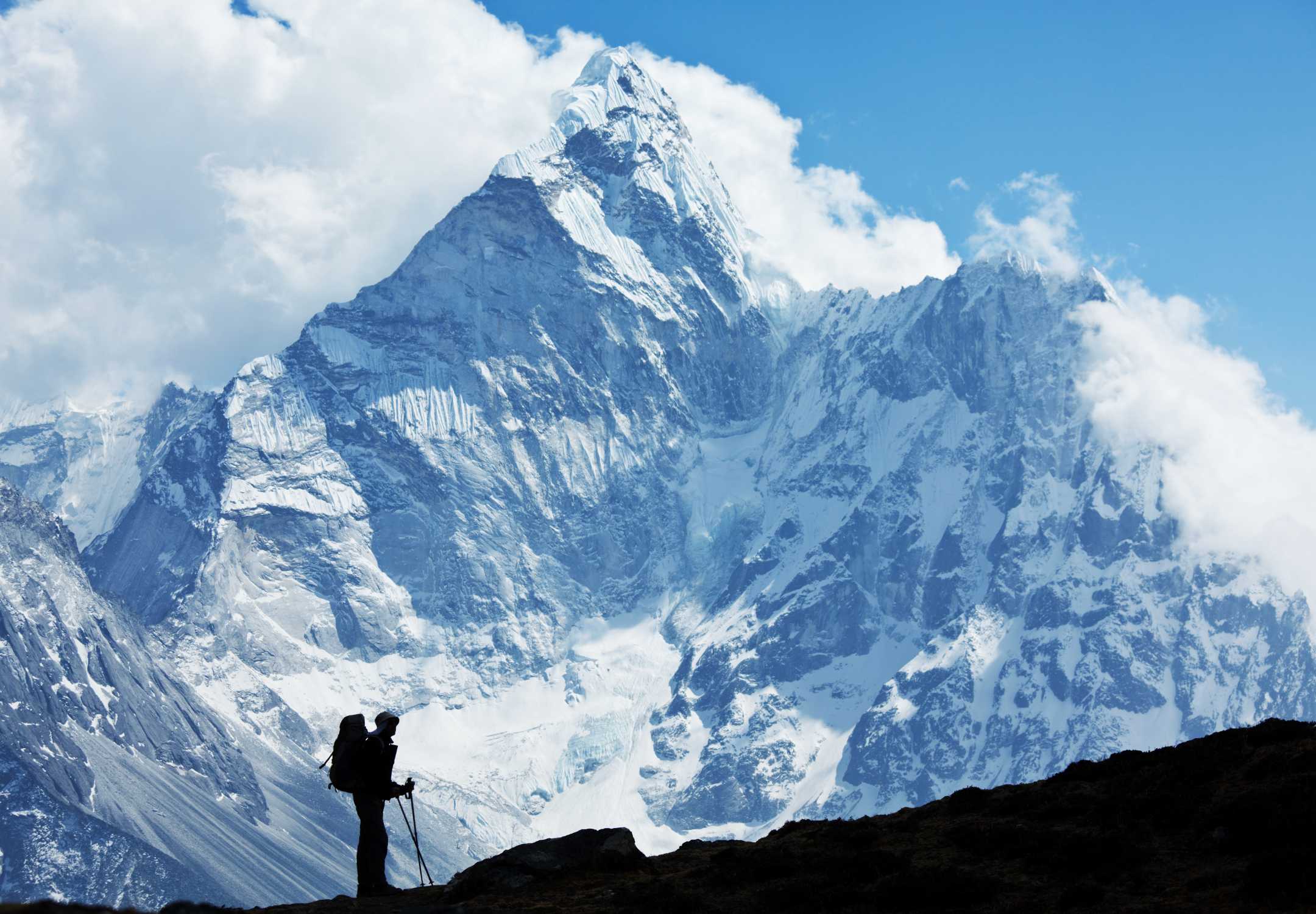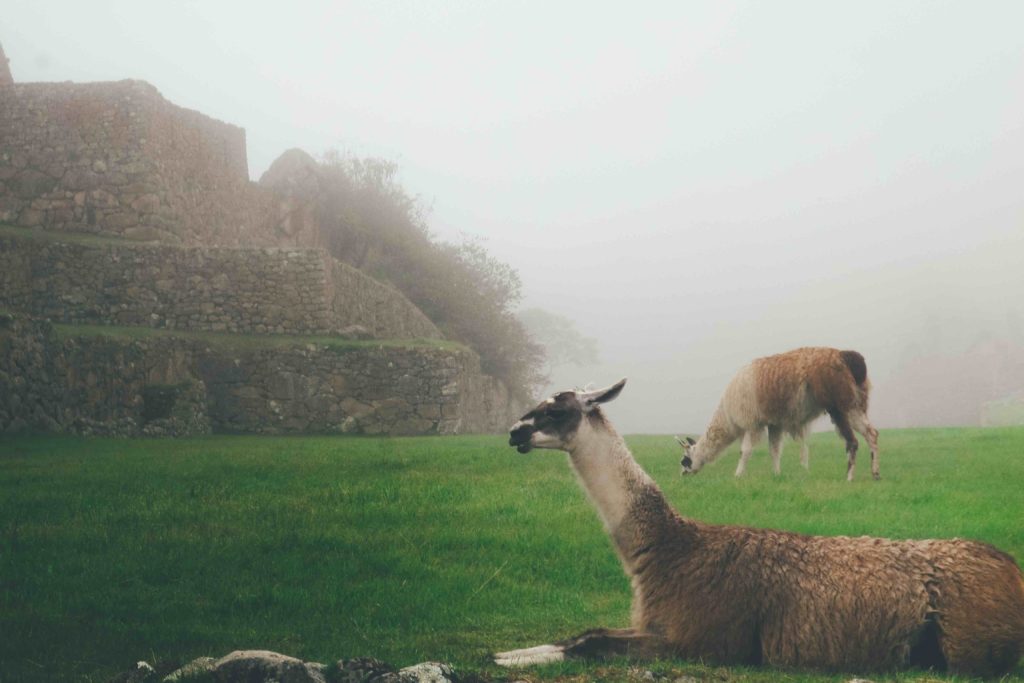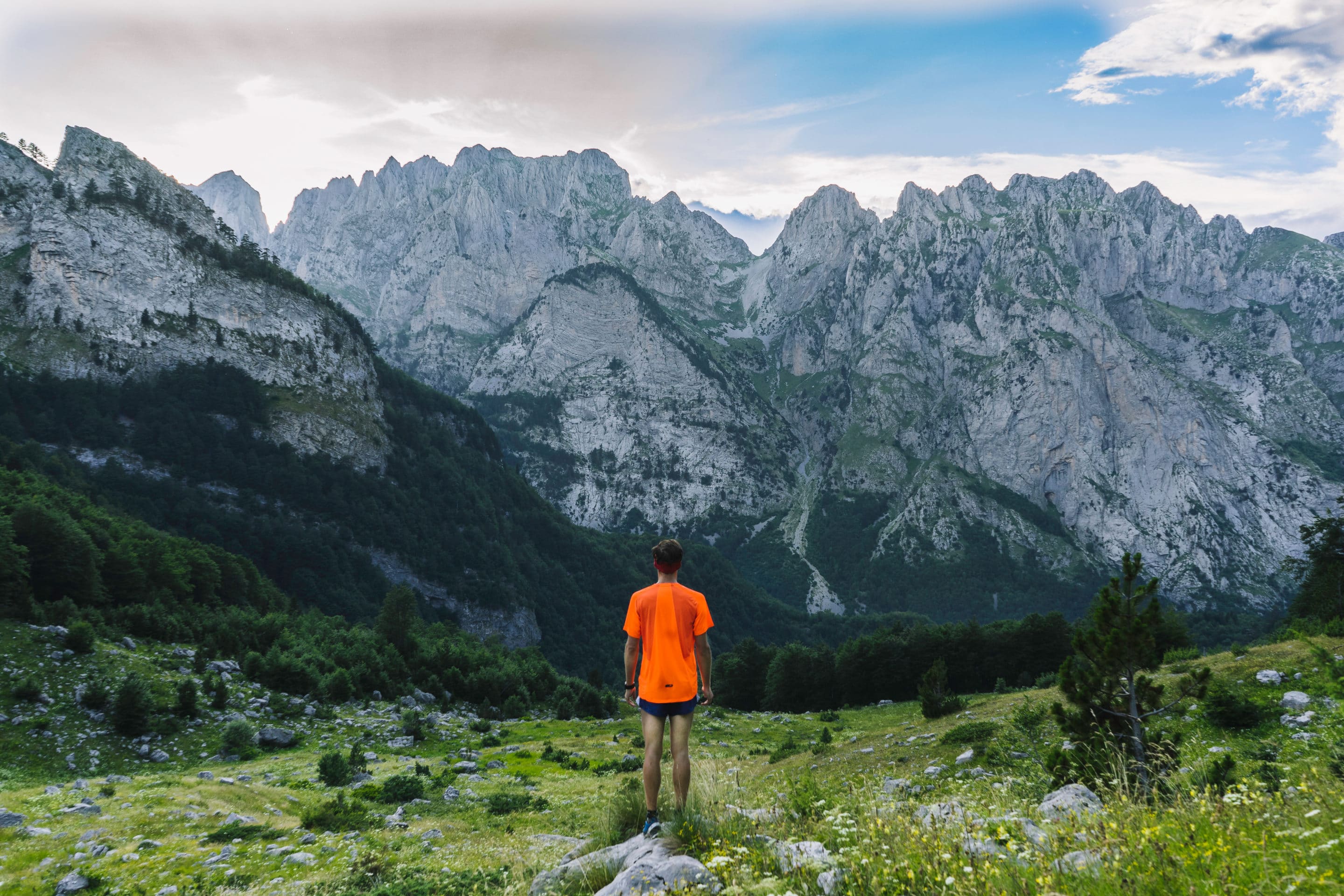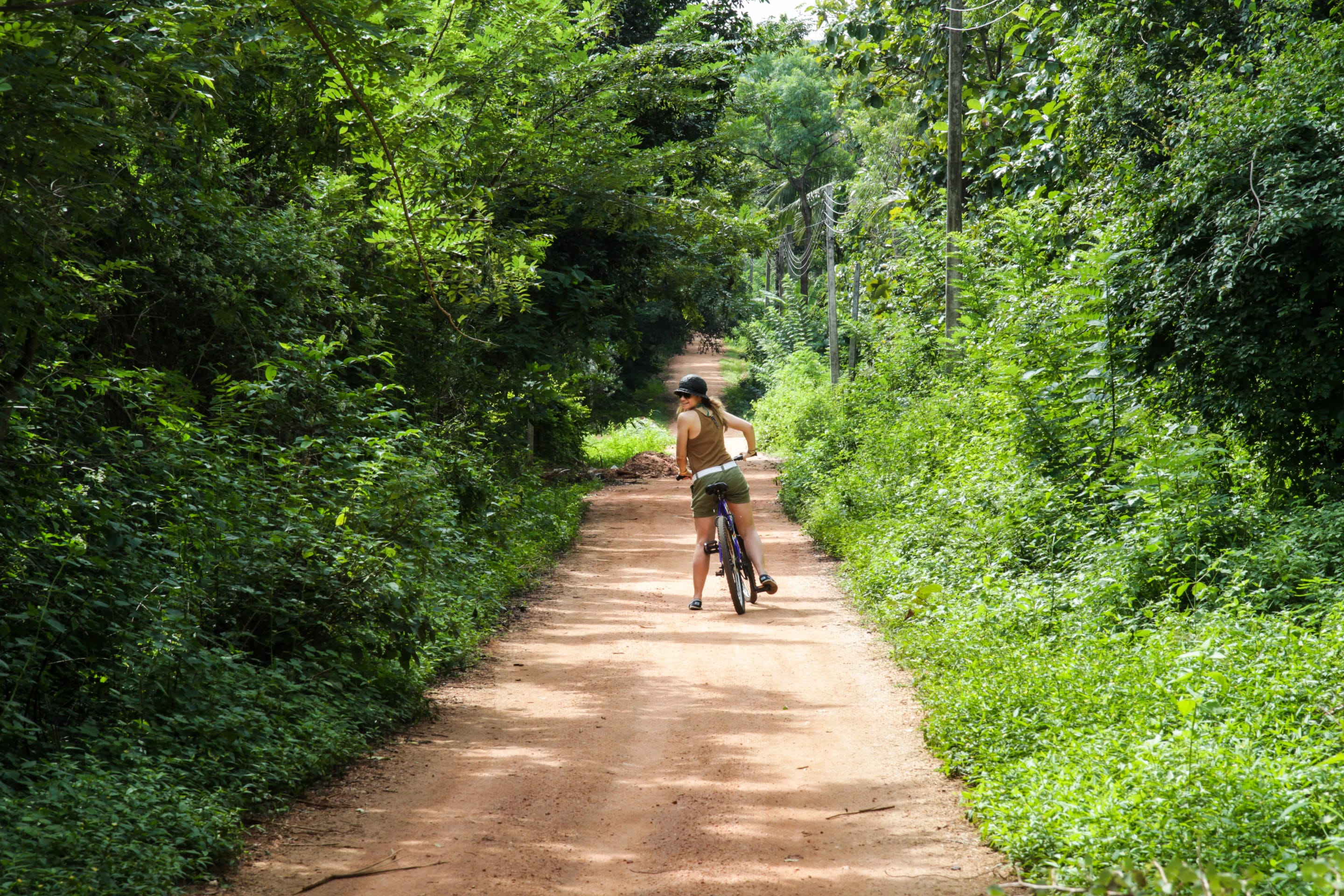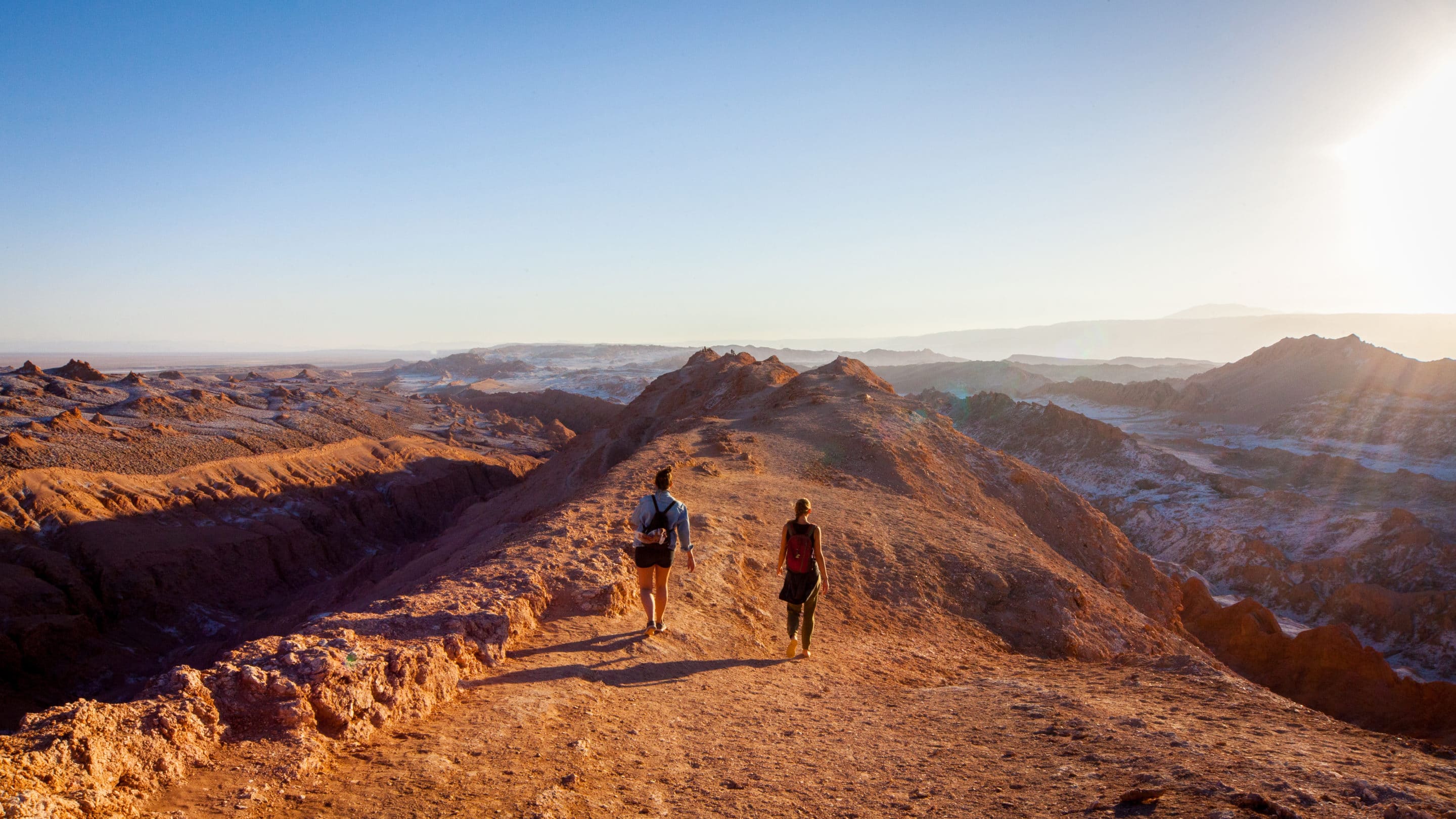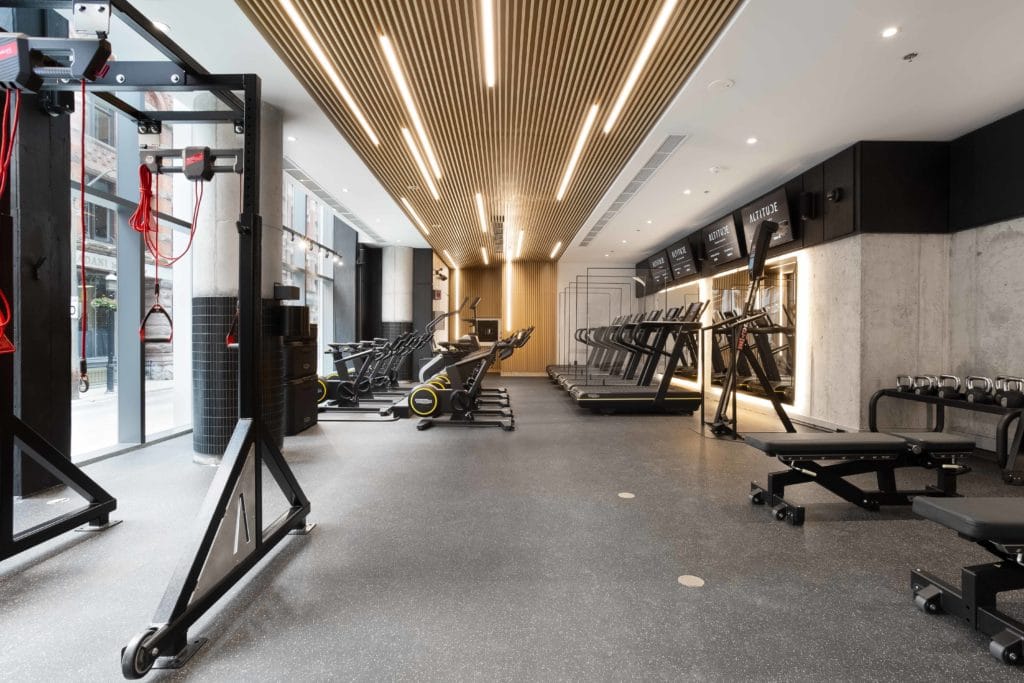Are You Ready for the Ultimate Adventure? Signs You’re Prepared to Climb Mount Kilimanjaro
Climbing Mount Kilimanjaro is a dream for many adventure enthusiasts. As the highest peak in Africa, towering at 19,341 feet (5,895 meters), Kilimanjaro presents a unique and challenging experience. Before embarking on this once-in-a-lifetime journey, it’s crucial to assess your readiness physically, mentally, and logistically. In this blog post, we’ll explore the signs that indicate you’re ready to conquer the majestic Mount Kilimanjaro.
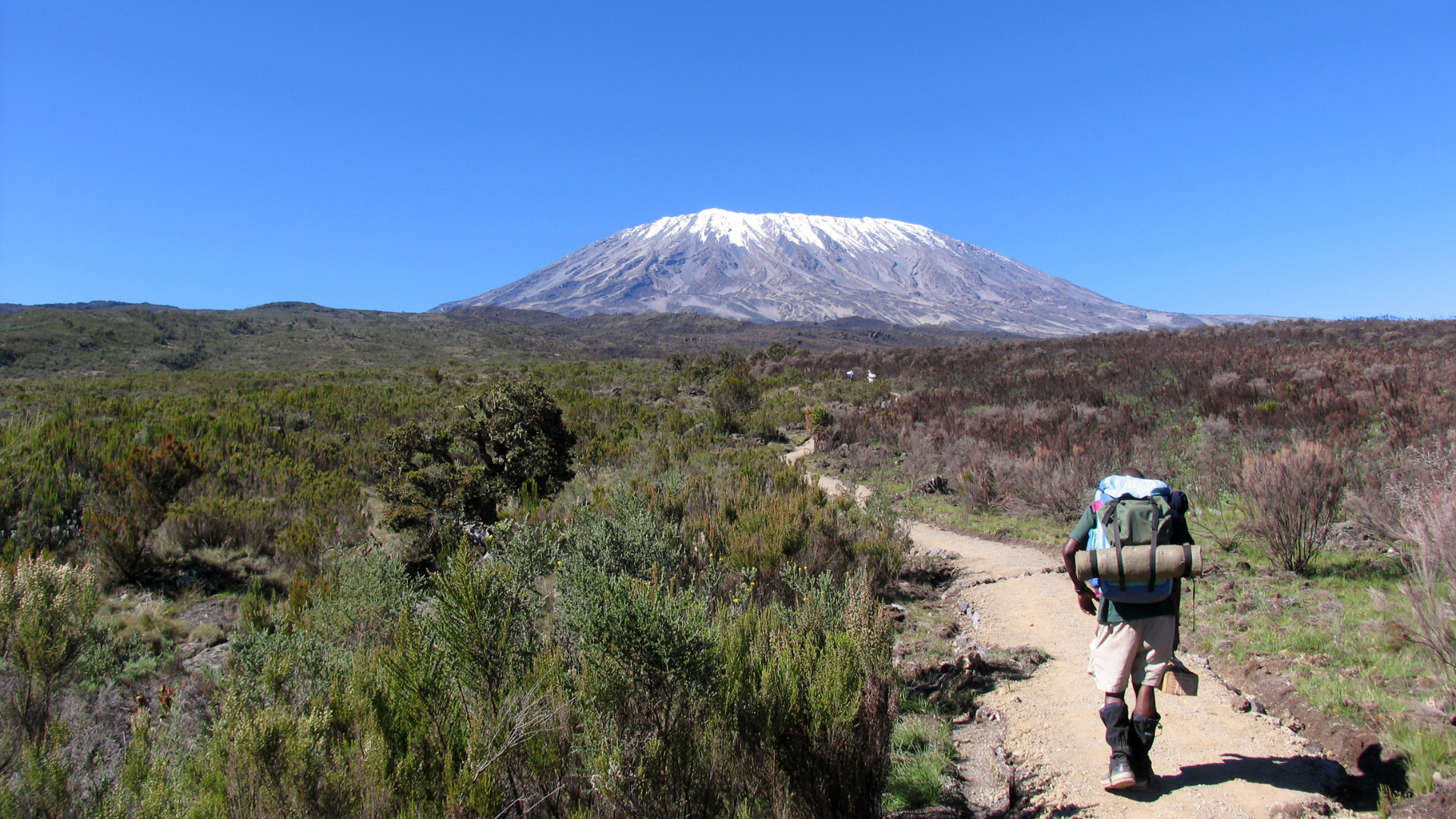
- Physical Fitness: Climbing Kilimanjaro is a strenuous endeavor that requires a good level of physical fitness. You’ll be trekking for several days, facing diverse terrains and varying altitudes. Signs that you are physically ready include:
- Regular Exercise: Engaging in cardiovascular exercises, strength training, and hiking to build endurance.
- Altitude Training: Practicing at higher altitudes to acclimatize your body and understand its response to reduced oxygen levels.
- Stamina and Endurance: Being able to walk for several hours with a backpack and manage the demands of prolonged trekking.
- Simulated Altitude Training: If you live at sea level, access to a simulated altitude gym or a hypoxic generator and mask can simulate the reduced oxygen conditions you’ll encounter on Kilimanjaro, helping your body acclimatize more effectively.
- Mental Preparedness: Climbing Kilimanjaro is not just a physical challenge; it’s also a mental one. Mental strength is crucial for overcoming obstacles, staying positive, and pushing through when the going gets tough. Signs of mental readiness include:
- Positive Mindset: Approaching challenges with optimism and a can-do attitude.
- Resilience: Being able to adapt to changing conditions and setbacks. Training in simulated high-altitude conditions helps develop the resilience needed to adapt to the stress and fatigue associated with the climb.
- Mental Toughness: Handling stress, fatigue, and discomfort with composure.
- Logistical Readiness: Proper preparation and organization are key to a successful Kilimanjaro climb. This includes ensuring you have the right gear, permits, and a well-thought-out plan. Signs of logistical readiness involve:
- Adequate Gear: Having the necessary clothing, footwear, and equipment suitable for high-altitude trekking.
- Research and Planning: Thoroughly researching the route, climate, and logistics of the climb.
- Permits and Documentation: Ensuring you have obtained all required permits and necessary documentation.
- Health Assessment:
- Medical Check-up: Prioritize a comprehensive medical check-up. Simulated altitude training can assist in identifying potential health issues under conditions similar to those encountered during the climb.
- Vaccinations: Obtaining any required vaccinations or medications for the region.
- Understanding Altitude Sickness: Being aware of the symptoms of altitude sickness and knowing how to respond.
5. Previous Hiking Experience: While not mandatory, having some previous hiking or trekking experience can significantly contribute to a successful Kilimanjaro climb. Signs of experience include:
-
- Familiarity with Multi-Day Treks: Having completed multi-day treks to understand the challenges of sustained physical activity.
- Camping Skills: Being comfortable with camping, as Kilimanjaro involves overnight stays in tents.
Take the first step towards summiting Kilimanjaro by scheduling a consultation with one of our experienced coaches. They’ll assess your fitness level, discuss your goals, and design a personalized training plan to ensure you’re Kilimanjaro ready.




